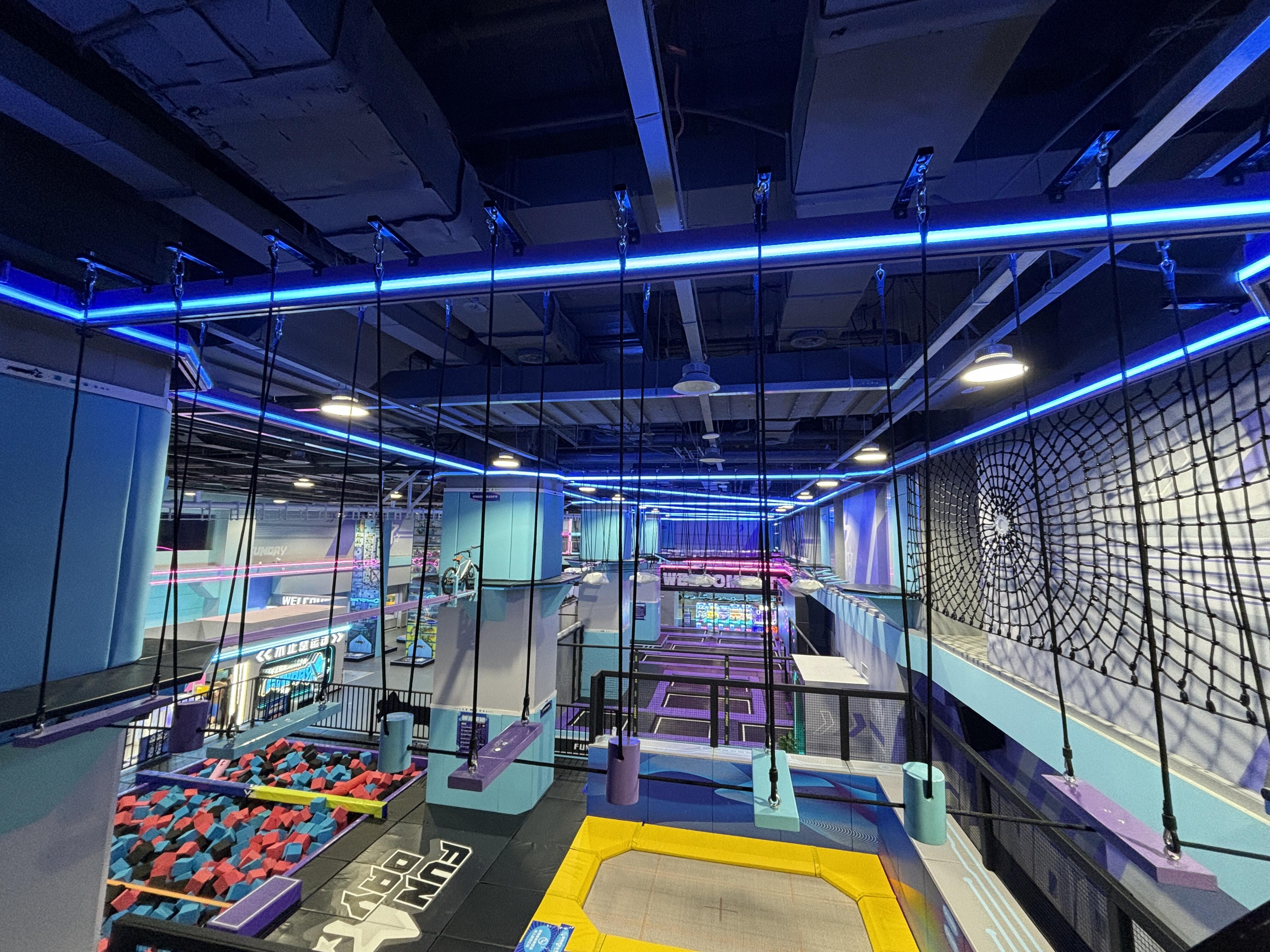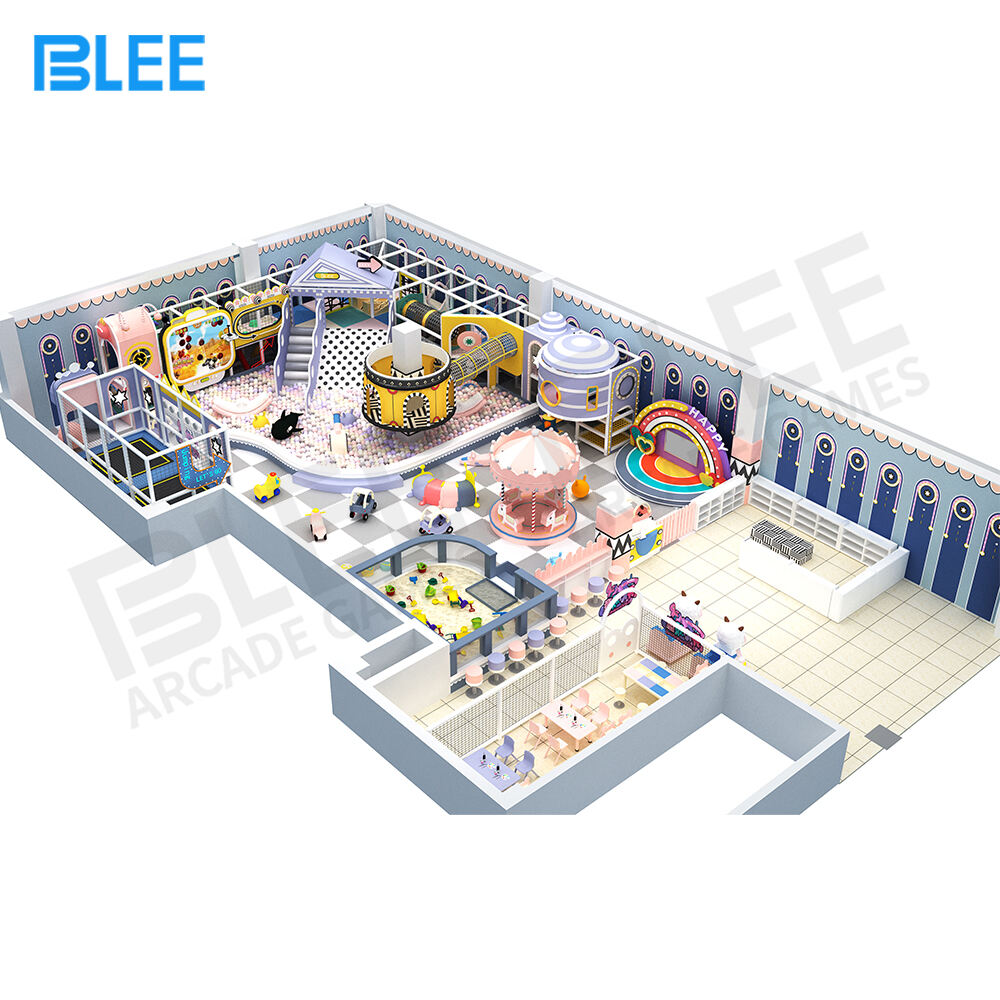Opening an indoor playground involves several steps, from planning and securing financing to design, construction, and marketing. Here's a comprehensive guide to help you through the process:
1. Market Research and Business Plan
- Market Research: Identify your target market, analyze competitors, and understand demand in your area.
- Business Plan: Include your business concept, market analysis, organizational structure, marketing strategy, and financial projections.
2. Legal Considerations
- Business Structure: Decide on your business structure (e.g., LLC, corporation).
- Permits and Licenses: Obtain necessary permits and licenses, including business licenses, health and safety inspections, and possibly food service permits if you plan to offer food.
- Insurance: Secure liability insurance to protect against accidents and other risks.
3. Location and Facility
- Site Selection: Choose a location that is easily accessible, has adequate parking, and meets zoning requirements.
- Lease/Buy Property: Negotiate terms for leasing or purchasing the property.
- Renovations: Plan and budget for necessary renovations or construction to make the space suitable for an indoor playground.
4. Design and Equipment
- Layout: Design the layout to maximize space and ensure safety. Include areas for different age groups, rest areas, and possibly party rooms.
- Play Equipment: Choose a reliable playground equipment supplier and purchase equipment that is safe, durable and attractive to children. This may include slides, climbing frames, ball pits, trampolines and interactive play areas.
- Safety Standards: Ensure all equipment meets safety standards and regulations. Install proper flooring, safety padding, and secure structures.
5. Staffing
- Hire Staff: Recruit and train staff, including play supervisors, maintenance personnel, and possibly food service staff.
- Staff Training: Provide thorough training on safety protocols, customer service, and emergency procedures.
6. Marketing and Promotion
- Branding: Develop a strong brand identity, including a memorable name, logo, and theme.
- Online Presence: Create a website and establish a presence on social media platforms.
- Promotions: Offer promotions, such as grand opening discounts, memberships, birthday party packages, and group rates.
- Community Engagement: Partner with local schools, daycares, and community organizations to promote your playground.
7. Operations
- Daily Operations: Develop a schedule for regular cleaning, maintenance, and safety inspections.
- Customer Service: Implement a system for handling bookings, inquiries, and feedback.
- Revenue Streams: Consider additional revenue streams such as food and beverage sales, merchandise, and special events.
8. Financial Management
- Budgeting: Create a detailed budget covering startup costs, ongoing expenses, and projected revenue.
- Financing: Secure financing through personal savings, bank loans, investors, or grants.
- Accounting: Set up an accounting system to track income, expenses, and taxes.
Key Considerations
- Safety and Cleanliness: Prioritize safety and cleanliness to build a good reputation and ensure repeat business.
- Customer Experience: Focus on creating a fun, welcoming, and hassle-free experience for both children and parents.
- Adaptability: Be prepared to adapt your offerings based on customer feedback and changing market trends.
Would you like more detailed information on any specific aspect of this process?









